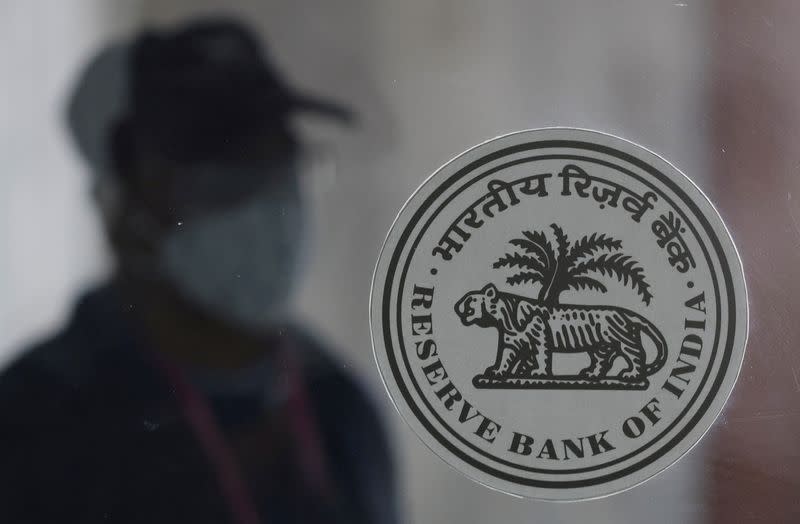Latest India cbank moves to stabilise rupee face many economic hurdles

By Swati Bhat and Aftab Ahmed
NEW DELHI (Reuters) - The Indian central bank's moves to liberalise foreign exchange inflows are unlikely to offer much immediate support to the floundering rupee as inflation pushes higher and the current account deficit threatens to balloon towards multi-year highs.
The Reserve Bank of India announced a slew of measures on Wednesday to bring in a fistful of dollars, including allowing overseas investors to buy short-term corporate debt and opening of more government securities under the fully accessible route.
The steps came after the RBI's foreign exchange reserves fell by more than $40 billion over the past nine months, largely due to its intervention in the currency market to curb rupee losses.
Still, the rupee has depreciated about 6% against the dollar so far this year, and some analysts say headwinds facing the Indian economy are ominously reminiscent of the 2013 taper tantrum crisis: inflation is at multi-year highs, both current and fiscal accounts are under stress, and there are heavy portfolio outflows amid tightening global financial conditions.
The partially convertible rupee rose as high as 78.8950 per dollar on Thursday compared to its previous close of 79.3025 in response to the measures, but didn't hold onto the gains for long. It was trading a little stronger at 79.24/25 by 0856 GMT.
With inflation expected to keep pressure on the RBI bank to raise rates, foreign investors are expected to wait and watch how the interest rate differentials with the United States play out before starting to reinvest in Indian markets.
"Moves to liberalise FX flows and to boost capital account are helpful, (but) they may not have a material impact on flows," said Madhavi Arora, senior economist with Emkay Global.
Foreign funds have sold more than $30 billion worth of Indian equities so far in 2022.
Graphic: India's current account balance https://graphics.reuters.com/INDIA-CAD/INDIA/byprjazkxpe/chart.png
Adding to investors' worries, India's monthly trade deficit shot up to a record of $25.64 billion in June, mainly due to rising import bills for oil and coal, and the country's current account deficit is seen widening to around 3% of GDP in the current fiscal year, which would be highest since 2012/13.
Since May, the central bank and government have completely shifted their focus to inflation control from a post-pandemic growth recovery.
The government has imposed a number of export restrictions, lowered taxes on petrol and diesel and raised subsidy support for farmers, while RBI has raised policy rates by 90 basis points (bps) and upped its inflation target by 100 bps.
"There is .. no room for policy inertia. The ongoing situation warrants continuation of monetary tightening, decisive FX market intervention and fiscal consolidation," said Sanjay Mathur, chief economist at Southeast Asia and India at ANZ.
(Reporting by Aftab Ahmed and Swati Bhat; Editing by Kim Coghill)

 Yahoo Finance
Yahoo Finance 